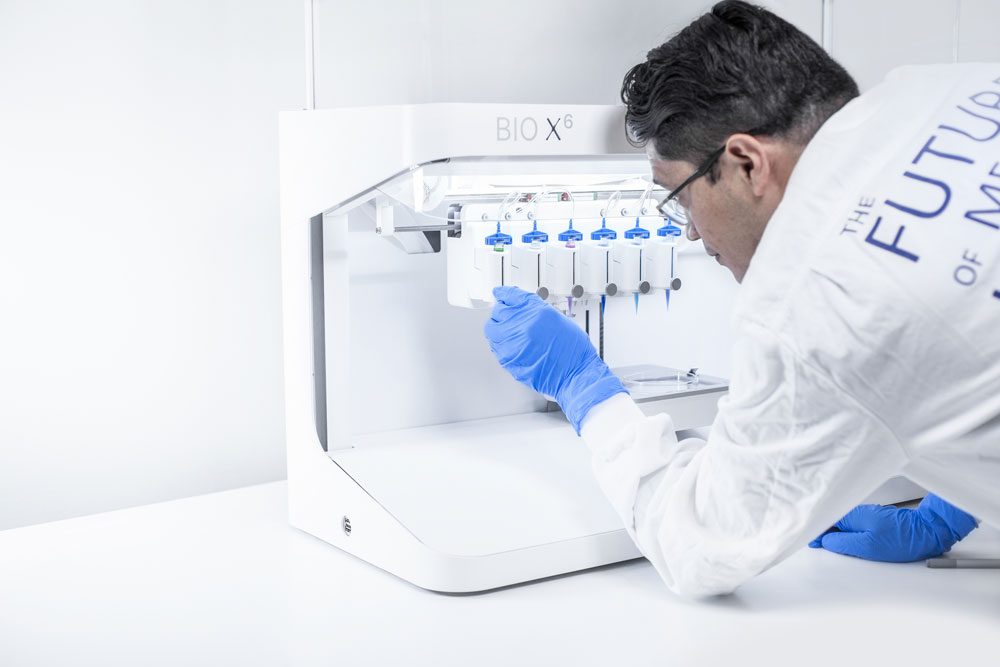A 3D Bioprinted Model of Multicellular Lung Cancer Assembloids
In this proof-of-concept study, the BIO X 3D bioprinter was used to produce multicellular lung cancer assembloid models. Cells were dispensed into a 24-well plate, and each well was filled with laminin-collagen-rich stromal environment that replicated the in vivo microenvironment or ECM. Using genetically encoded fluorescent cancer cells, the migration of cancer cells and merging of cancer spheroids within the matrix were visualized and further confirmed by histological analysis of fixed assembloids within the constructs. Immunofluorescent staining verified the expression of cell-surface and intracellular markers of 3D lung cancer tissue. These models could be easily adapted for other cancers and healthy tissue in developmental biology, regenerative medicine and toxicology applications.
Learn how:
- Lung cancer assembloids were successfully bioprinted in a laminin-collagen-rich stromal environment.
- These assembloids exhibited characteristic spatial distribution of cytoskeletal proteins and adhesion molecules that are found in vivo.
- Histological analysis indicated multiregional architecture, spheroid fusion and formation of alveolar-like hollow lumen structures.
- The use of genetically encoded fluorescent cancer cells is a useful tool to visualize cellular migration and spheroid fusion.






